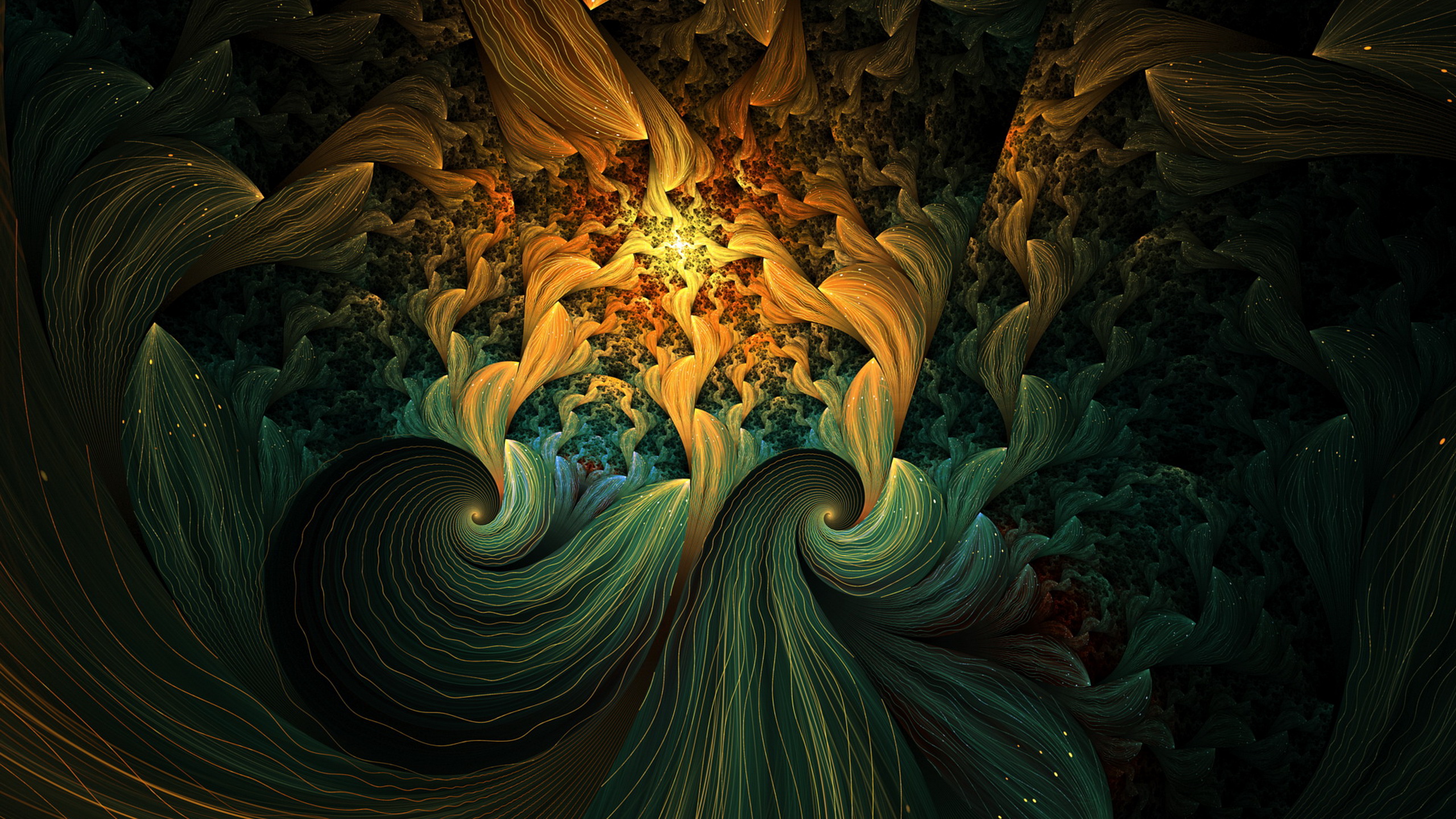

So the length of a single line changes, but the overall size of the fractal and positions of analogous components should be relatively stable. Once these inputs are given, the fractal tries to dynamically resize itself in a way that highlights these relationships. The glyphs above show the controls working in isolation (at an angle of 60°), but the fractal machine’s complexity comes from the way in which they interact. Any other angles will sort themselves out to be symmetrical.ĮDIT: In June 2013 I added two new controls, Skew and Arms.Īrms adds new lines sticking out from the corners of the motif. Mirror doubles the protruding part of the motif at every level of the fractal.ĭepth sets the number of times each line is substituted for the motif.Īngle The slider changes the first and last angles of the motif.

Segments cuts the motif into more or fewer pieces of equal length. Each side of the polygon will be drawn as one copy of the fractal curve. The Controls Base changes the base shape the fractal is drawn on. This particular type of fractal is created by substituting every line with a shape called the “motif” a number of times. If you are unfamiliar with them, fractals are shapes that exhibit self similarity at different scales.

It’s a geometry tool that draws base-motif fractals from five inputs.


 0 kommentar(er)
0 kommentar(er)
